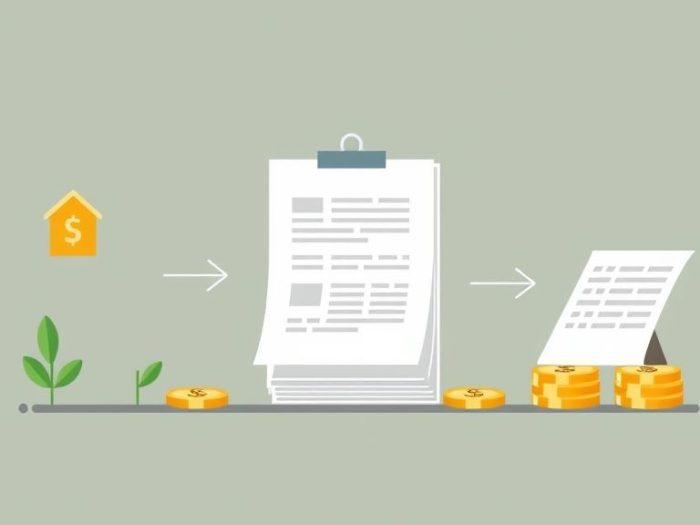Life settlements offer a unique investment opportunity involving the secondary market for life
insurance policies. While it can provide the potential for steady returns, it’s essential to
understand the complexities and risks involved. This article explores life settlements as an
investment option.
Understanding Life Settlements
A life settlement is the sale of an existing life insurance policy by the policy owner to a
third party for a lump sum cash payment. The buyer becomes the new policy owner and receives
the death benefit when the insured person dies.
Why Life Settlements Exist
Policy owners may sell their life insurance policies for various reasons:
- They no longer need the coverage.
- They need immediate cash.
- The premiums have become unaffordable.
How Life Settlement Investments Work
Investors can participate in the life settlement market in a few ways:
1. Buying Policies Directly
Investors can purchase life insurance policies directly from policy owners.
-
Pros:
- Potential for higher returns.
-
Cons:
- Requires significant capital and expertise.
- Involves legal and administrative complexities.
2. Investing in Life Settlement Funds
Life settlement funds pool capital from investors to purchase a portfolio of life insurance
policies.
-
Pros:
- Diversification across multiple policies.
- Professional management.
-
Cons:
- High minimum investments.
- Fund management fees.
- Limited liquidity.
3. Life Settlement-Backed Securities
These are securities backed by a portfolio of life insurance policies.
-
Pros:
- Potentially more accessible than funds.
-
Cons:
- Complexity and structure can vary.
Potential Returns
Returns in life settlements are tied to the life expectancy of the insured. If the insured
person dies sooner than expected, returns can be higher. If they live longer, returns can be
lower or losses may occur.
Risks of Life Settlement Investing
- Life Expectancy Risk: The insured person living longer than expected can reduce returns.
- Regulatory Risk: Changes in regulations can impact the industry.
- Fraud Risk: Risk of misrepresentation or fraud.
- Illiquidity: Investments can be illiquid, especially for direct policy purchases.
Important Considerations
- Due Diligence: Thoroughly research the life settlement provider, the policies, and the insured individuals.
- Regulatory Compliance: Ensure the life settlement provider complies with all applicable regulations.
- Financial Stability: Assess the financial strength of the life insurance companies involved.
- Fees and Expenses: Understand all fees and expenses associated with the investment.
- Legal and Tax Advice: Seek legal and tax advice before investing.
Conclusion
Life settlements offer an alternative investment with the potential for steady returns, but
they are complex and carry significant risks. Careful due diligence, a thorough understanding
of the industry, and professional guidance are essential for success.
Related Keywords
Life settlements, viatical settlements, life insurance investing, alternative investments,
life settlement funds, life settlement market, senior life settlements, invest in life
insurance, life expectancy, mortality risk.
Frequently Asked Questions (FAQ)
1. What is a life settlement?
A life settlement is the sale of an existing life insurance policy by the
policy owner to a third party for a lump sum cash payment.
2. Why do people sell their life insurance policies?
People sell their policies for various reasons, including no longer needing
coverage, needing immediate cash, or finding the premiums unaffordable.
3. How does a life settlement investment work?
An investor purchases the policy and receives the death benefit when the
insured person dies.
4. What are the potential returns from life settlement investing?
Returns are tied to the life expectancy of the insured; higher returns are
possible if the insured dies sooner than expected.
5. What are the risks of life settlement investing?
Risks include life expectancy risk, regulatory risk, fraud risk, and illiquidity.
6. What is life expectancy risk?
Life expectancy risk is the risk that the insured person lives longer than
expected, which can reduce returns.
7. How can I invest in life settlements?
You can invest by buying policies directly, investing in life settlement funds,
or through life settlement-backed securities.
8. What are life settlement funds?
Life settlement funds pool capital from investors to purchase a portfolio of
life insurance policies.
9. What are life settlement-backed securities?
These are securities that are backed by a portfolio of life insurance policies.
10. What should I consider before investing in life settlements?
Consider due diligence, regulatory compliance, the financial stability of
insurance companies, and seek legal and tax advice.



